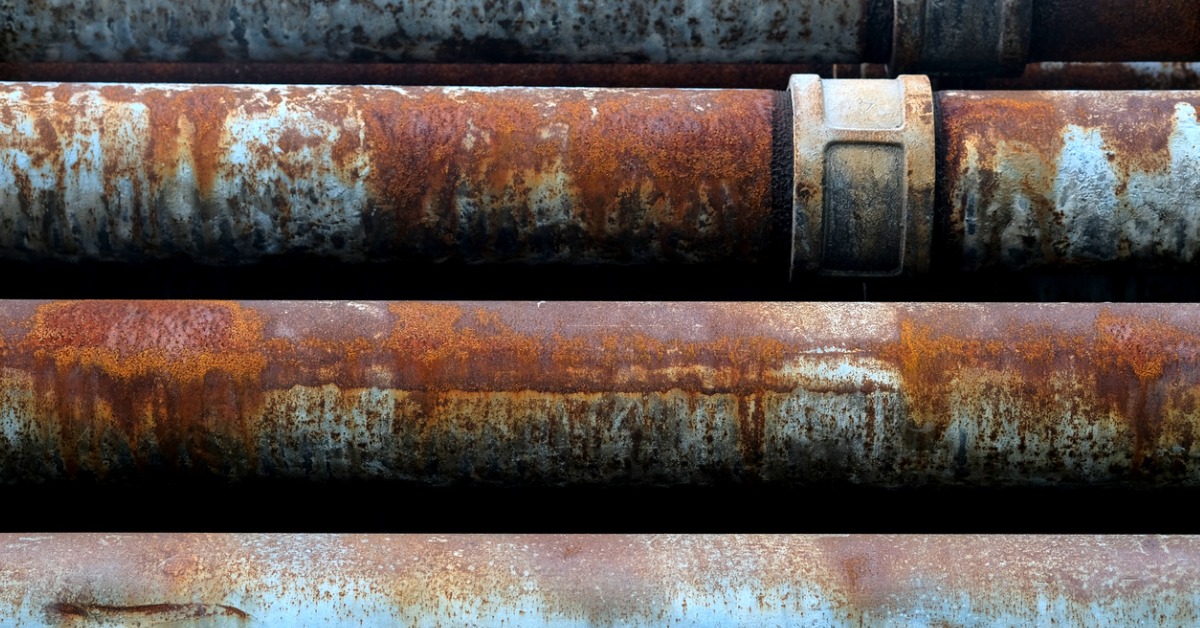Introduction
Rust may appear to be a small cosmetic concern, but when it comes to key infrastructure, it can pose a significant threat. Rust can silently weaken structures such as bridges, pipelines, power plants, and transportation systems, resulting in costly damage or even dangerous failures.
That is why industrial rust removal is critical in ensuring the safety, functionality, and lifespan of infrastructure systems around the world.
What is rust, and why is it dangerous?
Rust is a type of corrosion that develops as iron or steel reacts with oxygen and moisture over time. This process produces iron oxide, which progressively eats away at the surface while weakening the substance from within.
While rust on a garden tool is unpleasant, rust on a steel bridge or an oil pipeline may be catastrophic. If not addressed promptly, it can result in fractures, leaks, and structural collapses.
The Value of Rust Removal in Infrastructure
Rust isn’t simply unattractive; it jeopardizes the integrity and safety of the systems we rely on every day. Here’s how industrial rust removal safeguards key infrastructure:
- Ensures structural safety
Rust can diminish the load-bearing capability of steel and concrete reinforcements in any structure, including railway bridges, high-rise buildings, and airport terminals. Early rust removal prevents structural fatigue, fracture, and final failure.
- Avoids Costly Repairs And Downtime
Replacing rusted components can be quite expensive and time-consuming. Routine rust removal and maintenance extends the life of infrastructure assets, lowering long-term expenses and reducing disruptions.
- Improves Operational Efficiency
Rust development can impede the operation of moving parts in industrial systems such as turbines, pumps, and conveyor belts. Rust removal ensures that operations run smoothly, saving energy loss and equipment wear.
- Supports Environmental Protection
Rust-caused pipeline leaks can result in oil spills, chemical leaks, and environmental calamities. Regular rust removal helps to avoid such situations and keeps activities safe and environmentally friendly.
- Improves Public Safety and Confidence
When infrastructure is well-maintained, the public has more confidence in its safety, particularly on highways, tunnels, dams, and public transportation networks. Visible rust can instill anxiety and undermine public trust in the authority responsible for these systems.
Common Methods for Industrial Rust Removal
Professionals employ a variety of ways for industrial rust removal, depending on the material, environment, and level of corrosion.
Abrasive Blasting
This procedure, also known as sandblasting or grit blasting, removes rust from metal surfaces by applying high-pressure air and abrasive materials. It is suitable for large-scale projects such as bridges and storage tanks.
Chemical Rust Removers
Some companies employ specially developed, biodegradable chemical solutions that dissolve rust while preserving the surface. These are best suited for sensitive equipment and indoor facilities.
Laser Rust Removal
Laser rust removal is a modern and environmentally friendly technique that uses focused beams of light to remove rust. It is precise, non-contact, and generates no chemical waste, making it ideal for high-tech or fragile infrastructure.
Ultrasonic Cleaning
This technology, which uses sound waves and cleaning chemicals to dislodge rust particles, is widely employed in the pipeline, aerospace, and marine industries where precision is essential.
Real-world applications of rust removal
- Bridges and Tunnels: Rust removal is critical for public safety and stability due to the constant exposure to damp and salt.
- Oil and gas pipelines: Protecting these facilities from corrosion is critical to preventing environmental disasters.
- Power plants and substations: Rust-free components provide dependable energy generation and distribution.
- Water Treatment Plants: Corrosion control is critical for keeping clean and safe water supply.
- Transportation Systems: Rust removal aids in the smooth and safe operation of all transportation systems, from airports to railways.
Final Thoughts
In the world of infrastructure, rust is more than simply a surface issue; it is a quiet enemy that, if left ignored, may do serious damage. Industrial rust removal is an essential component of maintenance programs that safeguard public safety, minimize long-term expenses, and assure the longevity of our most vital equipment.
Industries and governments who invest in regular rust removal not only safeguard assets, but also protect people, the environment, and the economy.




